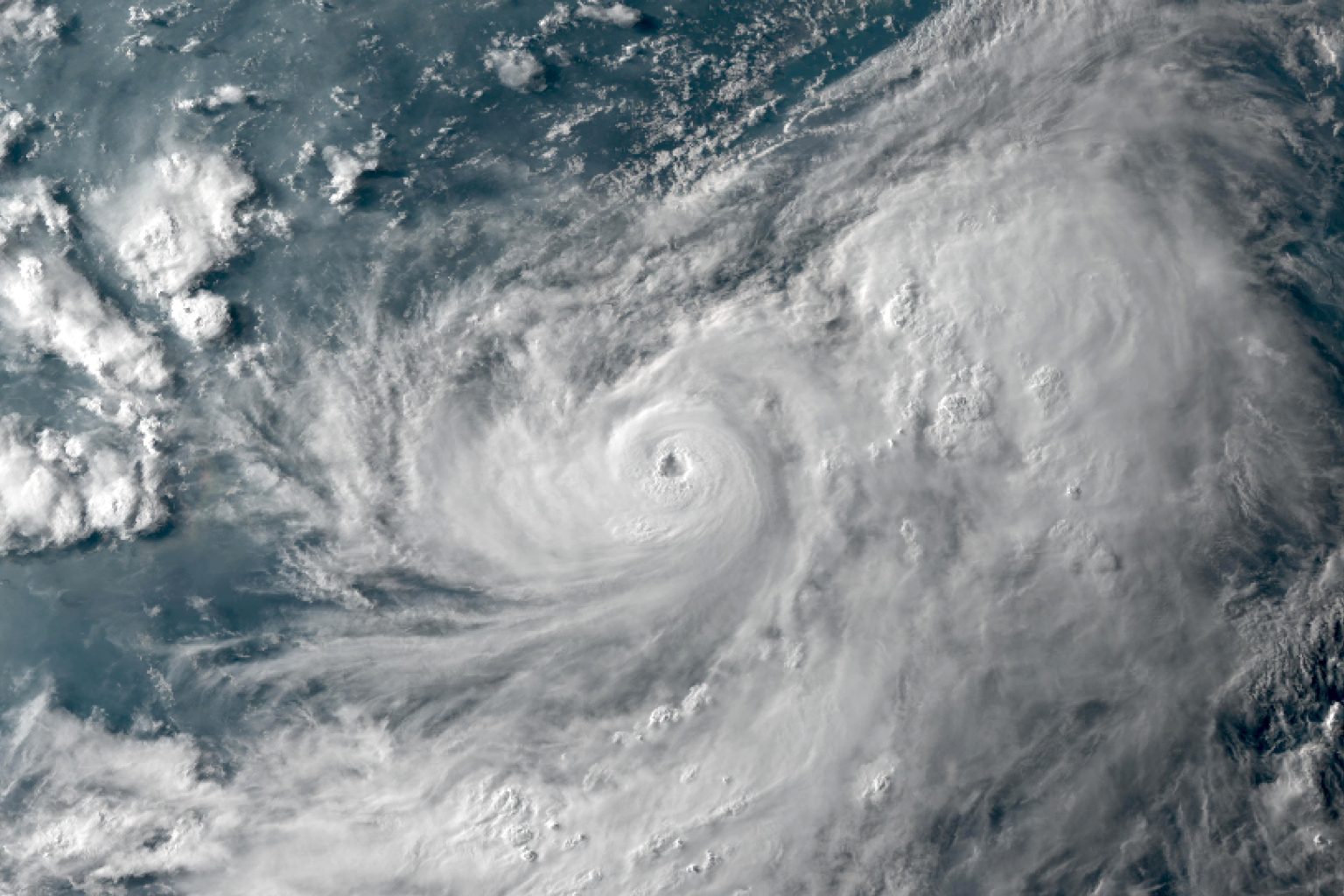
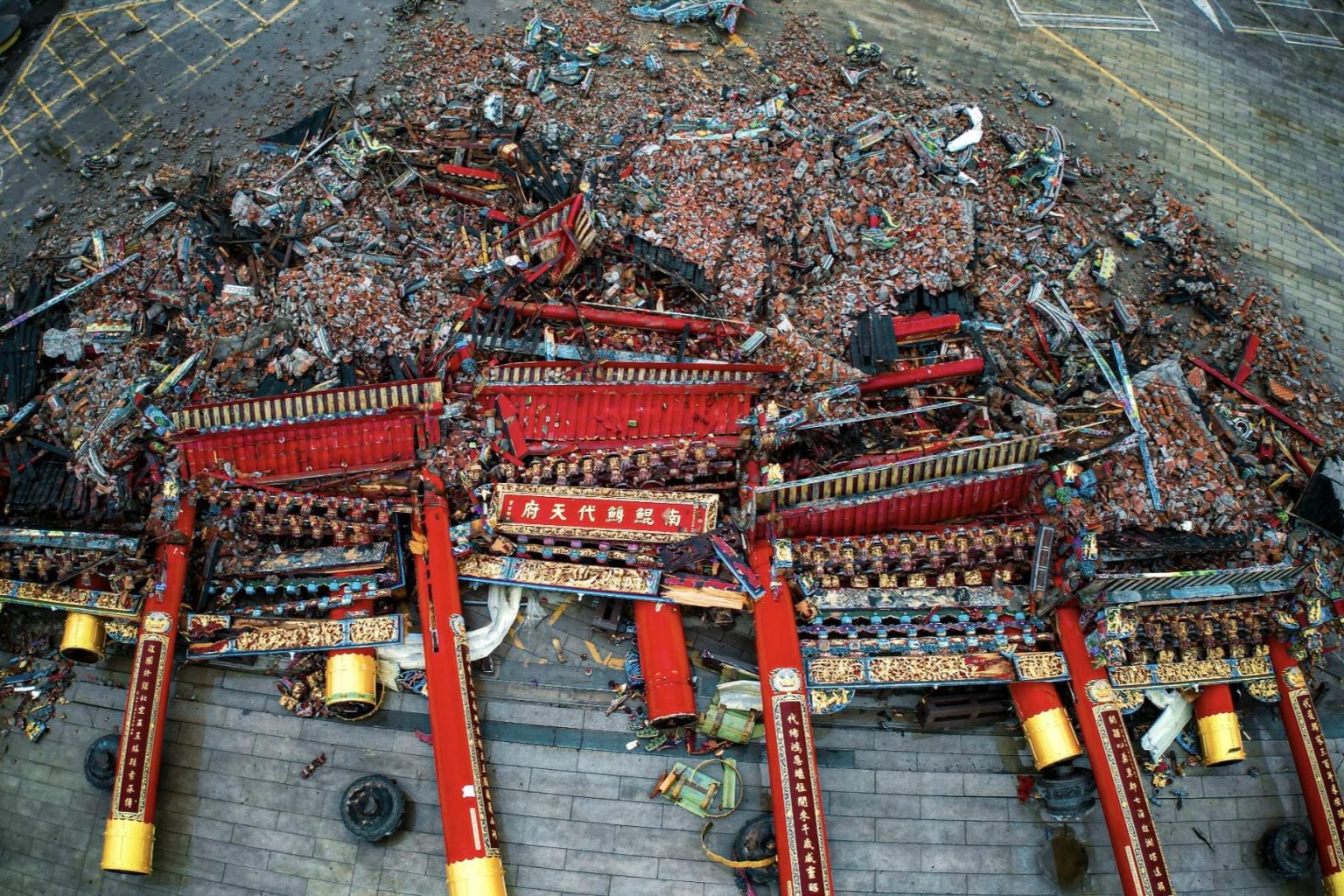
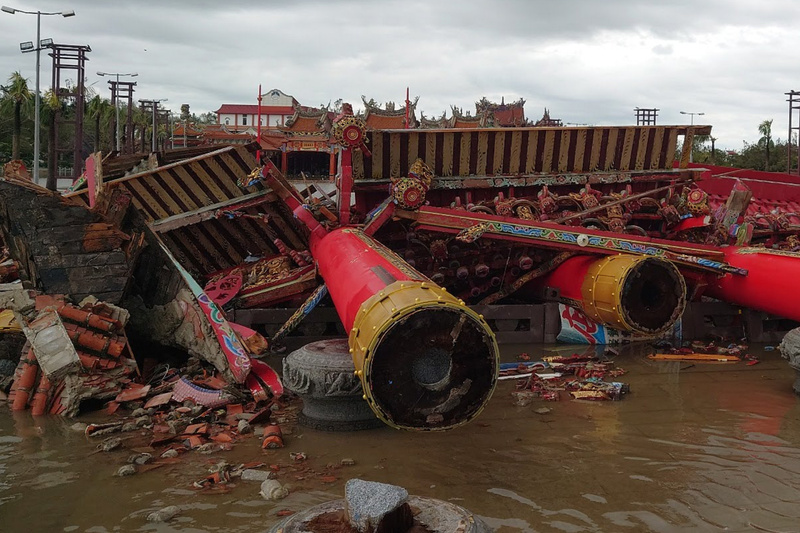
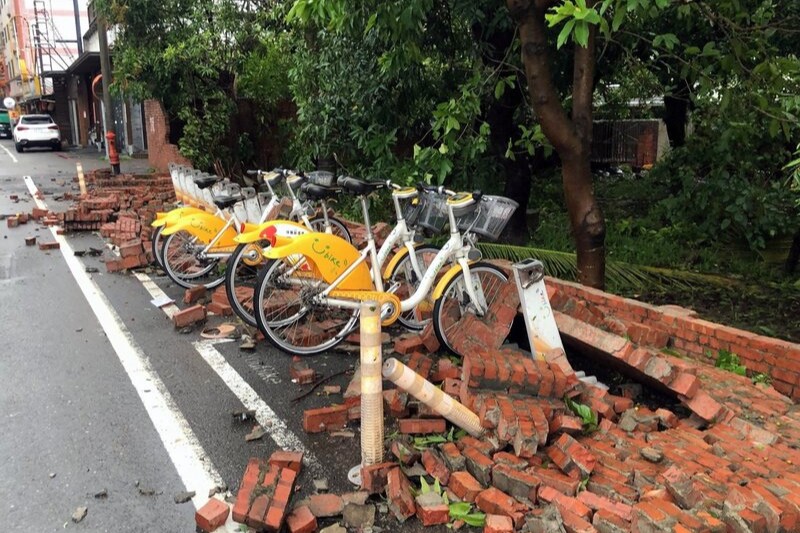
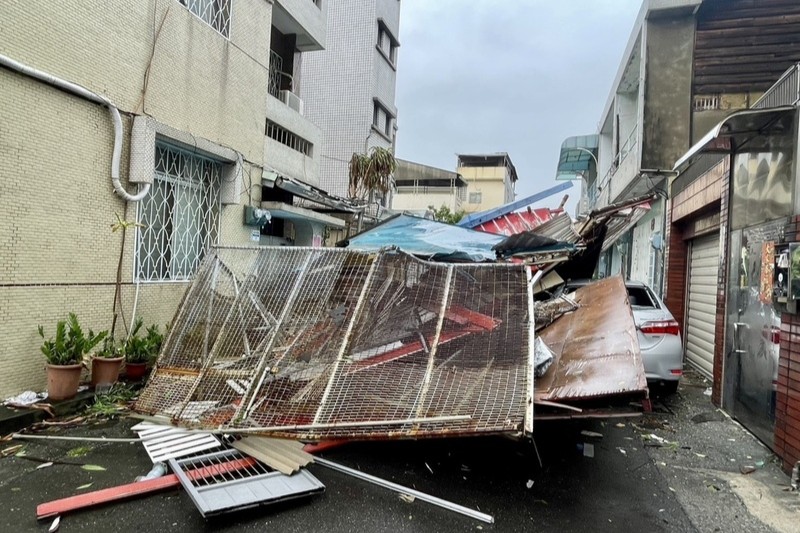
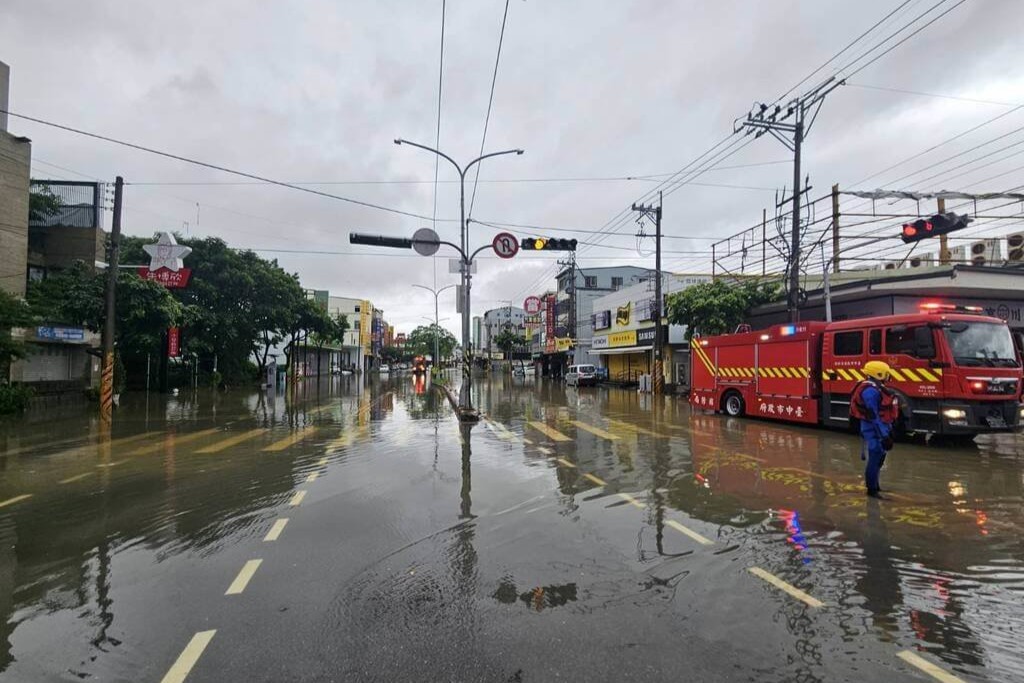
When a storm passes, the headlines move on quickly. But for businesses on the ground, recovery takes days, sometimes longer. And some never fully regain what they lost.
Typhoon Danas, the first typhoon of the 2025 Pacific season, made a rare and powerful landfall on Taiwan’s southwest coast (Chiayi) on July 6, marking the first direct hit on that region in 120 years. The storm brought sustained winds over 120 km/h, dumped more than 600 mm of rain in under 24 hours. AMPOWER followed Danas closely; not just for the update, but for what it revealed about business vulnerabilities.
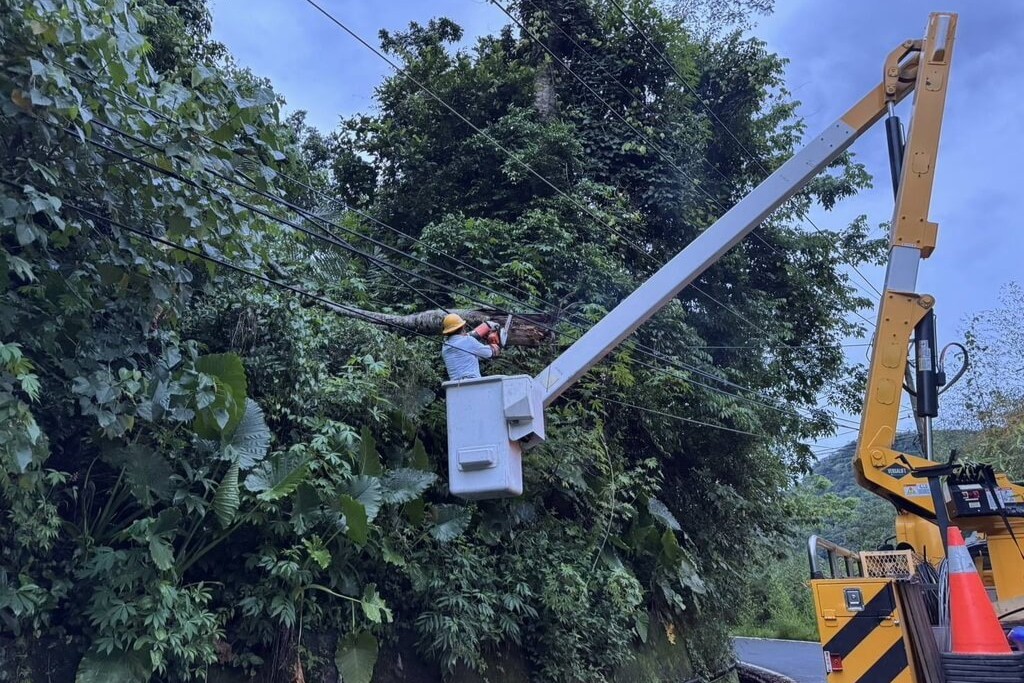
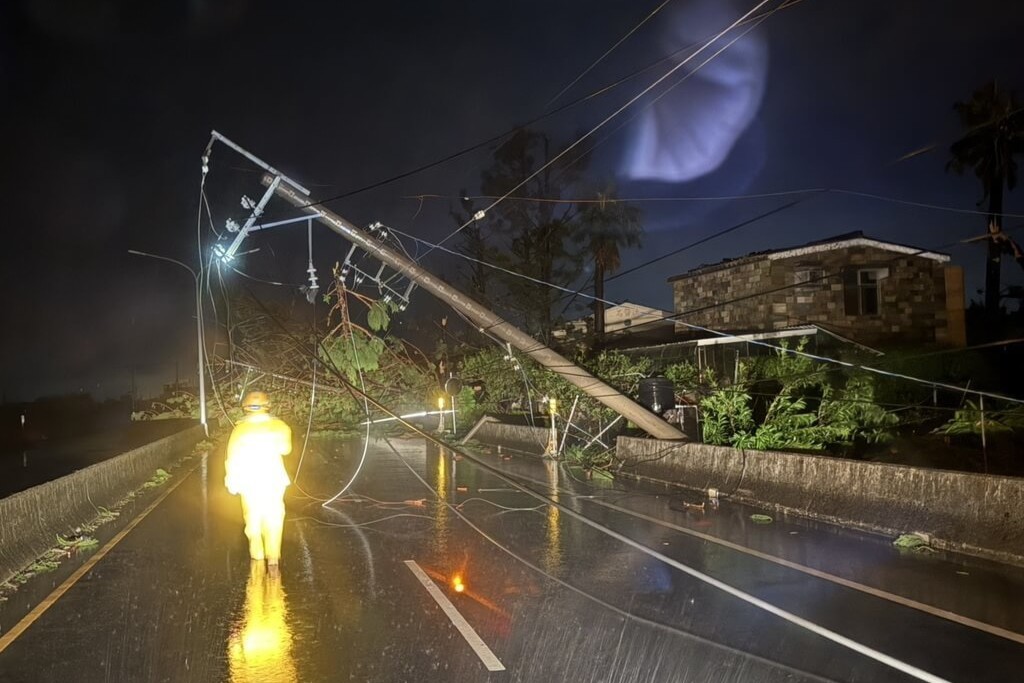
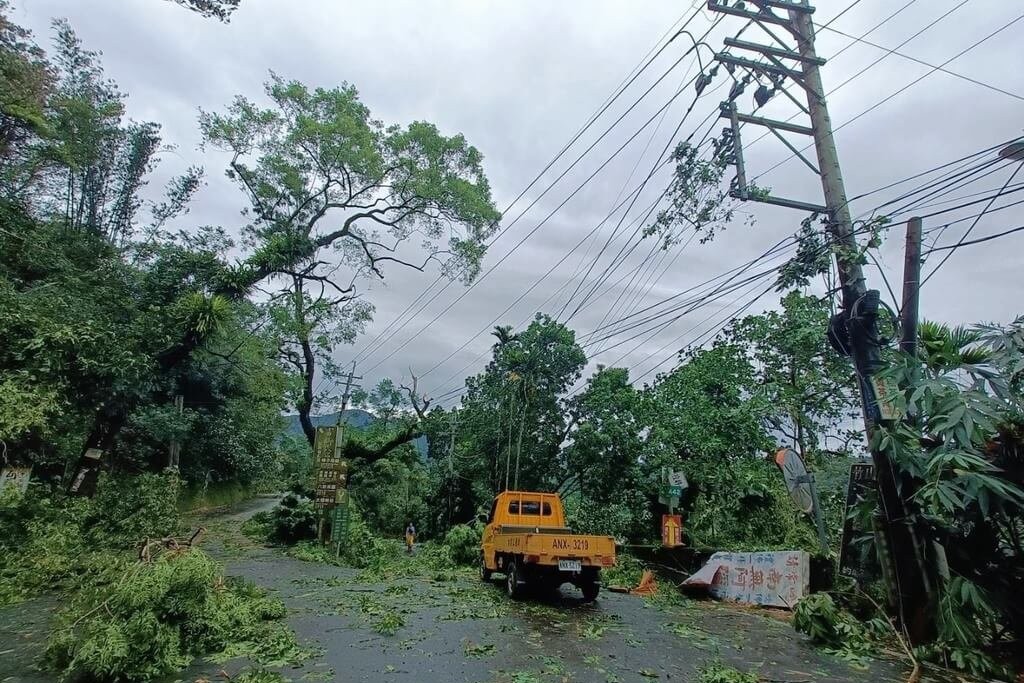
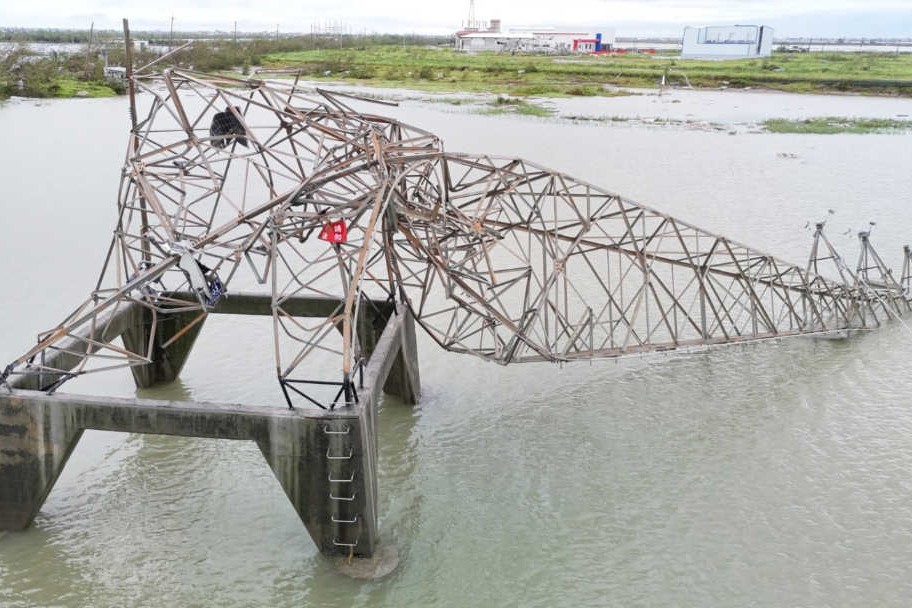
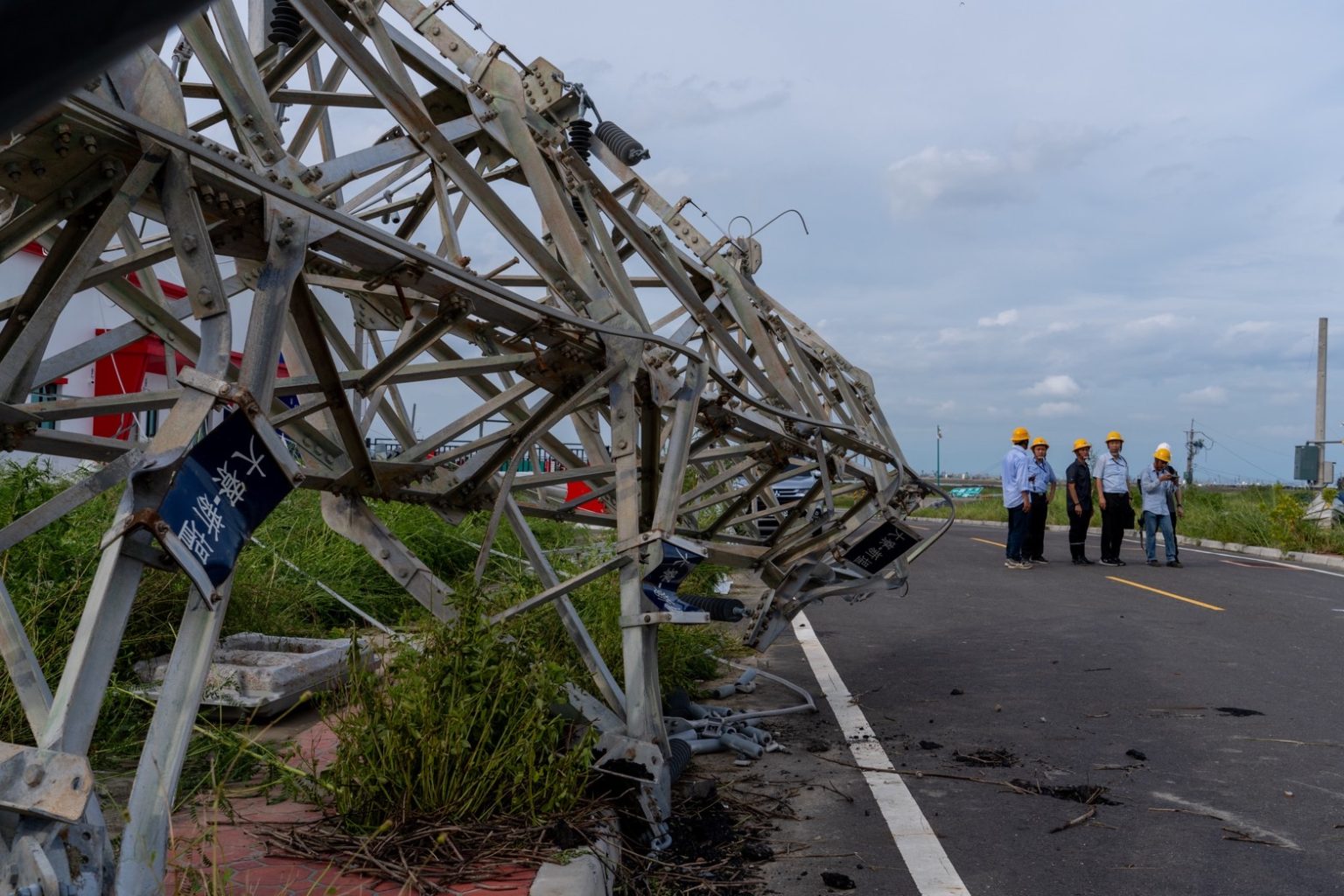
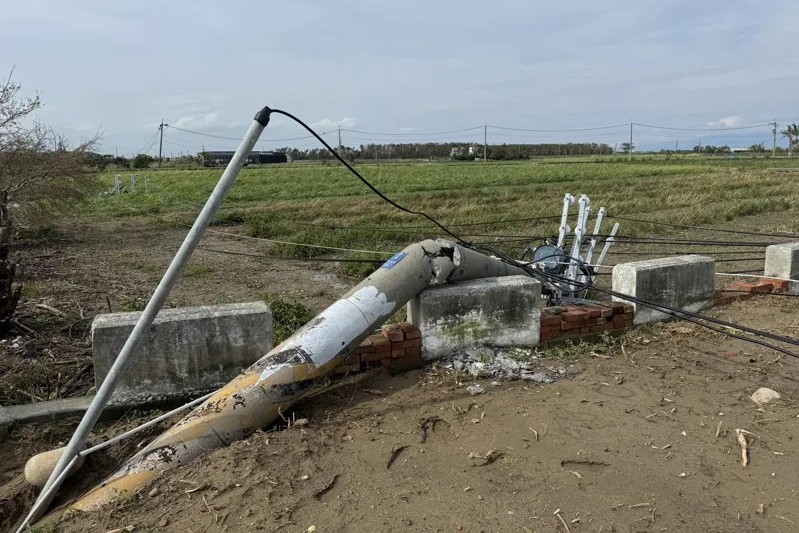
Typhoon Danas at a Glance
💡 829,000+ outage cases, including industrial zones
(As of this article’s publication, approximately 300,000 households remain without power)
🔌 1,400+ utility poles damaged, 3 high-voltage towers collapsed
🏭 NT$1 billion (US$31M) in agricultural damage alone
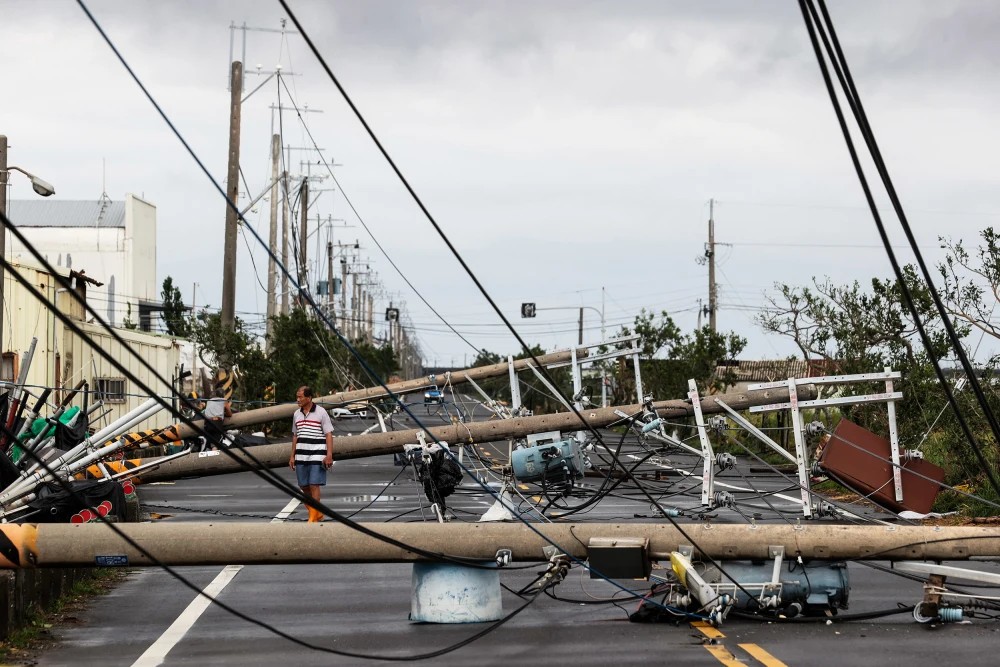
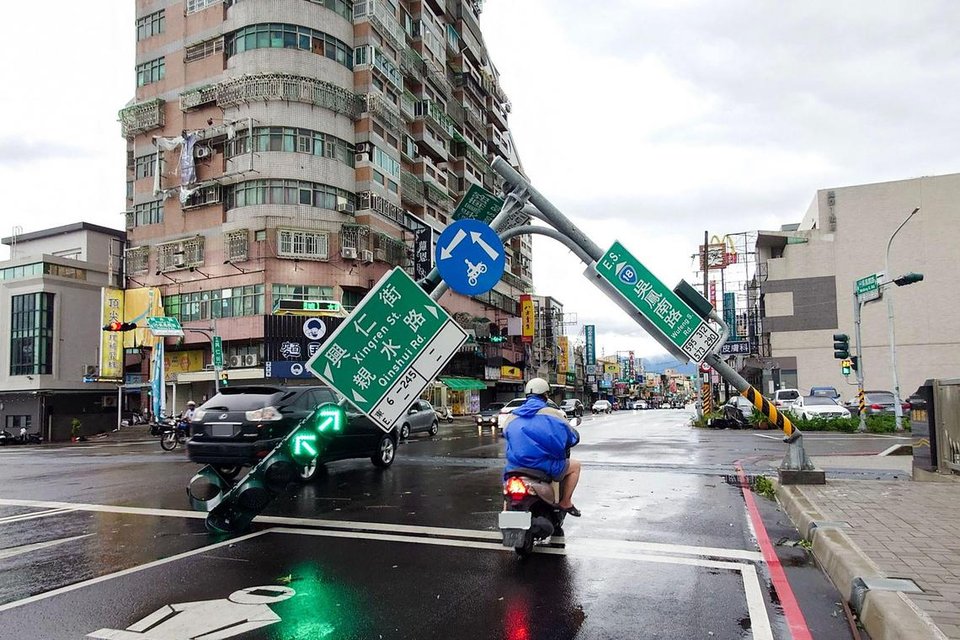
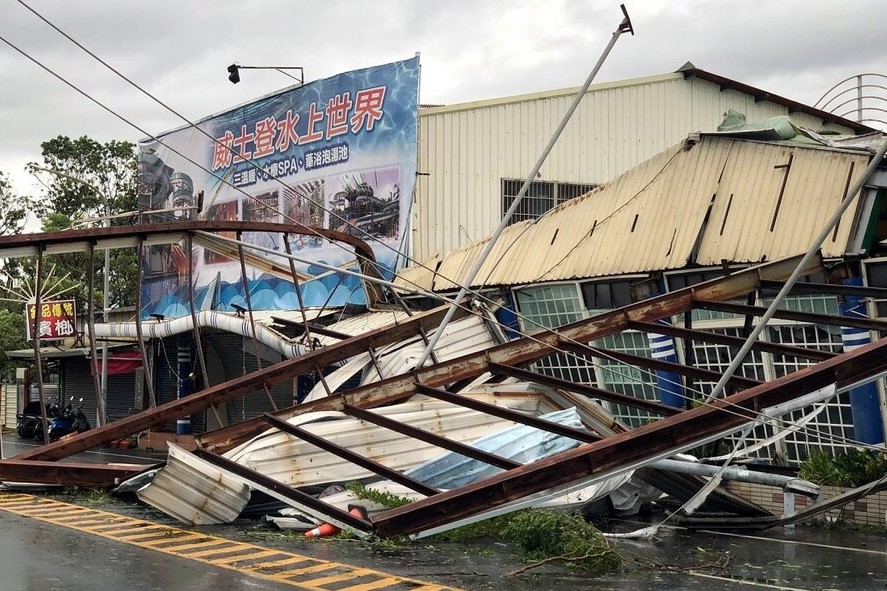
The Hidden Problem: Typhoons as Energy Stress Tests
Typhoons have long been part of East Asia’s climate. But Danas was different. It hit the less-expected west coast of Taiwan: home to industrial zones, science parks, and power-hungry operations. It challenged traditional assumptions about geographic risk and revealed how even areas with robust infrastructure can experience major power and communications failures.
More importantly, Danas illustrated that our modern infrastructure—interconnected, digitally driven, and time-sensitive—cannot function without continuous power.
Why It Matters to Business
⚠️ Downtime is Expensive
For fabs, hospitals, and data centers, seconds of outage can mean lost inventory, corrupted data, or disrupted care. Facilities with strong backup systems stayed operational. Others weren’t as prepared.
📍 Risk Zones Are Evolving
Danas made landfall where few expected. Western Taiwan was long seen as safer from direct typhoon hits, but that thinking no longer holds. Resilience planning must adapt to new climate behavior.
🔋 Backup Is Now Core Infrastructure
Modern competitiveness relies on reliable power. Facilities with well-maintained diesel gensets, DUPS, or diversified systems ride through the storm without disruption.
📈 Resilience Builds Advantage
Enterprises that had invested in reliable power solutions returned to normal faster, hence sending a strong message to partners, investors, and customers. In today’s climate, energy resilience is becoming a core differentiator.
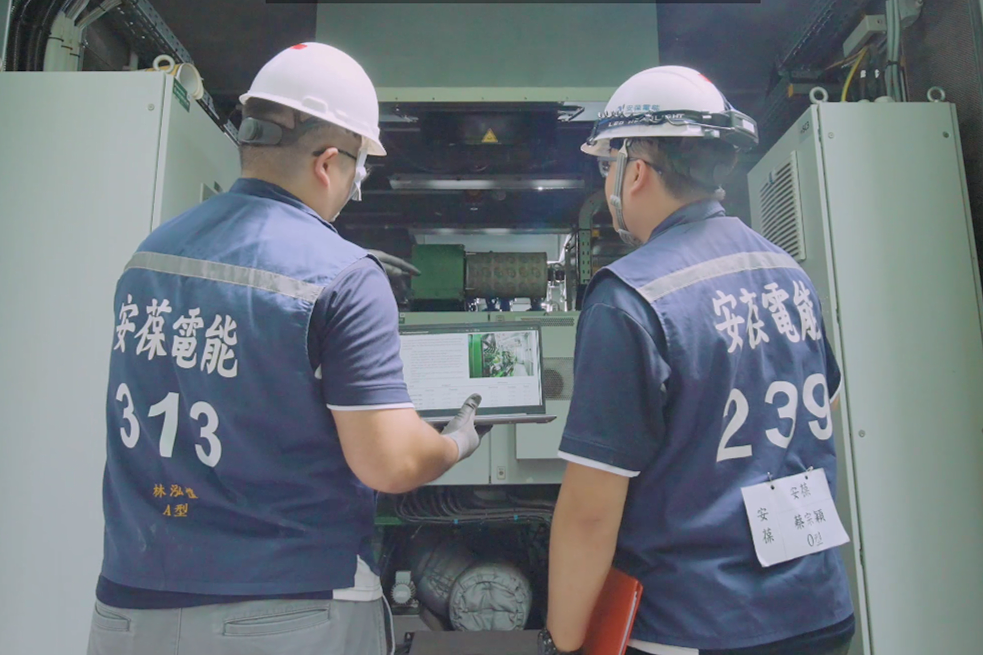
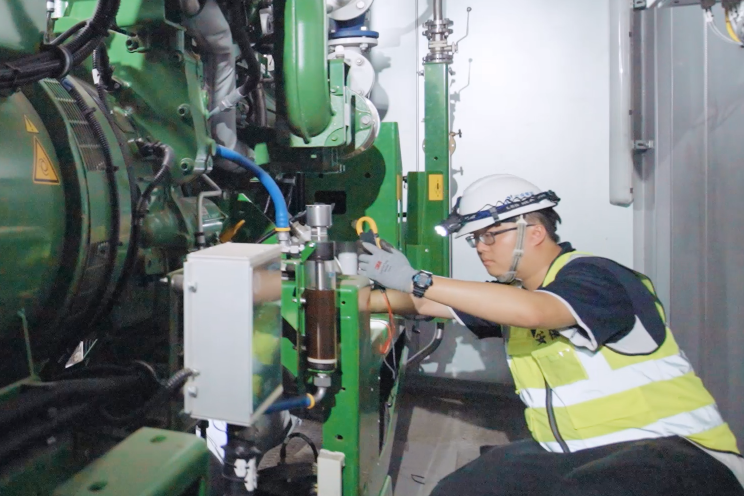

How AMPOWER Helps Build Storm-Ready Power Systems
We work with the most critical sectors in Taiwan, from fabs to hospitals to data centers, in designing and delivering solutions that go beyond the grid:
- Custom backup power systems that starts before you notice an outage
- Localized, independent microgrid that keeps your operations online
- Energy storage & UPS systems that bridges the gap until full power returns
- Maintenance, load testing & simulation services to ensure you’re always operational
- Energy resilience planning aligned with ESG and regulatory standards
No Storm Is Just a Storm
What Danas showed us isn’t new, but it’s freshly relevant: power stability isn’t guaranteed. And the cost of waiting is almost always higher than the cost of being ready.
Let’s build your power resilience plan—before the next storm hits.
[Photo: AFP, CNA, Johnson Liu (Getty), New York Times, Taipower, 大雄空拍]

